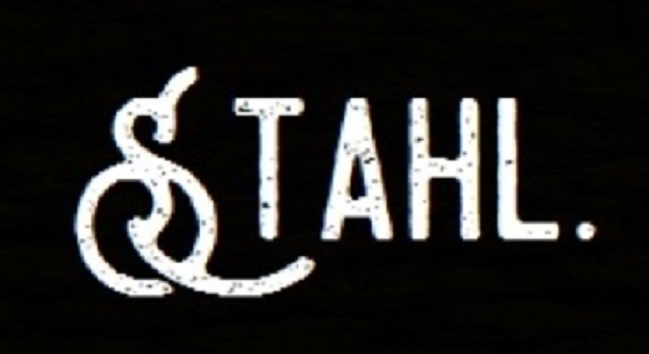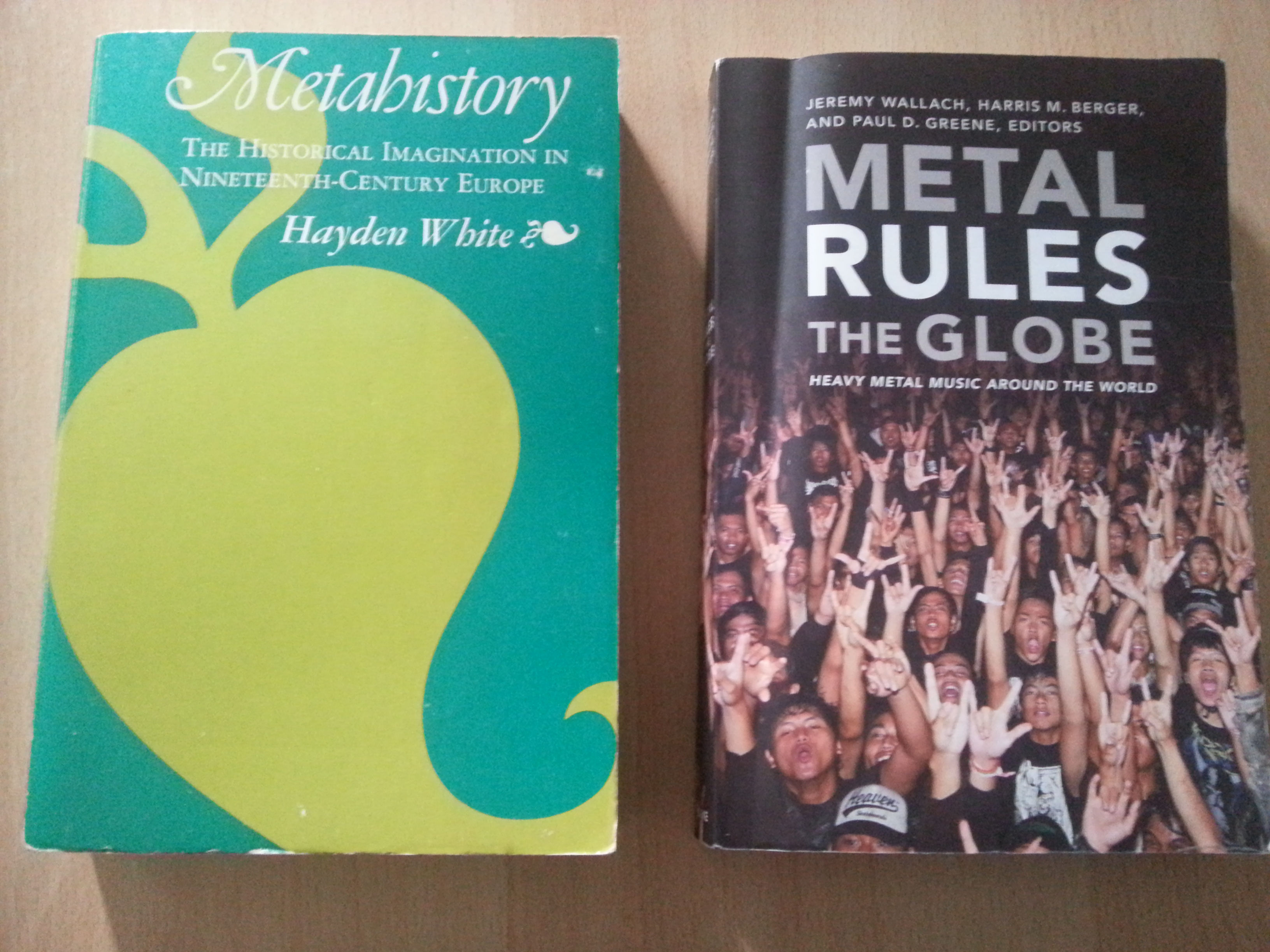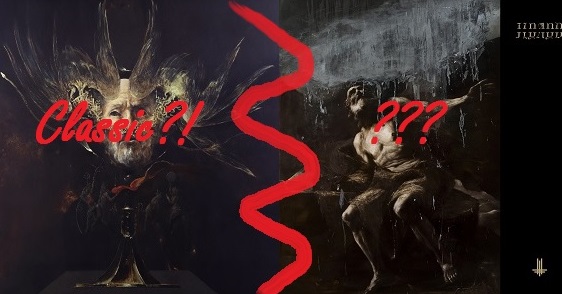Doubtless, metal music studies with its accelerating sequence of scholarly events, also its intensification of publication streams, is an emerging discourse in academia. Within these debates, an upcoming conference in London on 20th and 21st September 2018 will be devoted to the topic of ‘Multilingual Metal’.1 The information on the event states:
(…) the purpose of our multi-disciplinary conference is to explore further the textual analysis of heavy metal lyrics written in languages other than English. In cases where the primary language of the lyrics is English, loans or elements from other languages can be the topic of investigation.2
From a cultural-historical perspective, this is a very interesting approach to metal history. Seeing metal as a a multilingual discourse, at least in its lyrical and textual qualities, logically implies that this is a multilingual history. And, seeing metal as a multilingual history forces us to think of metal history as a transnational and transcultural history, whose defining character also is to be found in processes of translation. That said, historical research on metal has to apply a genuinely transnational approach, taking inspiration from discourses such as world history, entangled history, and – probably most important – postcolonial history.3
This need of thinking of metal history in a postcolonial perspective is urgent and reflected in current research.4 It leads to new, maybe fundamental questions on the history of metal. Conceptually, having to theorize metal as a discourse which hybridizes myriads of different, multilingual histories, narratives in their own languages, can we historically make sense of it in a single discourse in academia? Does metal have an own cultural-historical language? Something like a global cultural code which enables it to work in Birmingham and New York as well as in Borneo and Malaysia?5
I guess, at this point of research we cannot seriously answer these questions definitely. But we have some serious hints in current research where we could go to better answer them. Already in 1991, Deena Weinstein identified metal as a cultural ‘bricolage’ having a more or less conservative ideology at its core.6 More recent research also stresses the transgressive traits of metal history.7 In 2010, Dietmar Elflein published his important book ‘Schwermetallanalysen. Zur musikalischen Sprache des Heavy Metal.‘, which already in its title hypothesizes that metal does have an own musical language.8 However, ironically the book was published in German language which does not work globally.
Concluding, asking for multilingual metal leads to a very important historical research perspective. It forces us to ask whether metal is a cultural phenomenon which developed its own historical language of a gobally working ‘bricolage’ of texts, riffs, music, sounds, practices, institutions, clothes, places, sites etc. To ask for the lyrical aspects can be just the beginning. Future research should strategically employ this conception of multilingual metal to get a better historical understanding of its subject.
https://www.facebook.com/events/166129170755040/?active_tab=about, accessed 01/05/2018. ↩
Ibid. ↩
J. H. Bentley (ed.), The Oxford Handbook of World History, Oxford: Oxford University Press, 2011; D. Sachsenmaier, Global Perspectives on Global History, Cambridge: Cambridge University Press, 2011; P. Manning, Navigating World History: Historians Create a Global Past, New York: Palgrave Macmillan, 2003; K. Hock and G. Mackenthun (eds.), Entangled Knowledge. Scientific Discourses and Cultural Difference, Münster: Waxmann, 2012; J. McLeod, Beginning Postcolonialism, Manchester: Manchester University Press, 2010. ↩
J. Wallach e.a. (eds.), Metal Rules the Globe. Heavy Metal Around the World, Durham: Duke University Press, 2011; A.R. Brown e.a (eds.), Global Metal Music and Culture: Current Directions in Metal Studies, New York and London: Routledge, 2016. ↩
Ibid. ↩
D. Weinstein, Heavy Metal: A Cultural Sociology, New York: Lexington Books, 1991. ↩
B. Gardenour Walter e.a. (eds.), Heavy Metal Studies and Popular Culture, Houndmills, Basingstoke: Palgrave Macmillan, 2016. ↩
D. Elflein, Schwermetallanalysen. Zur musikalischen Sprache des Heavy Metal, Bielefeld: Transcript, 2010. ↩




